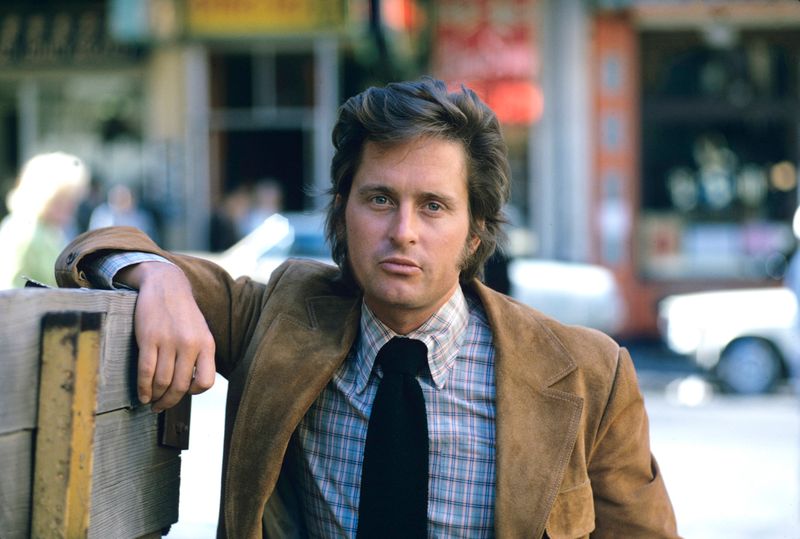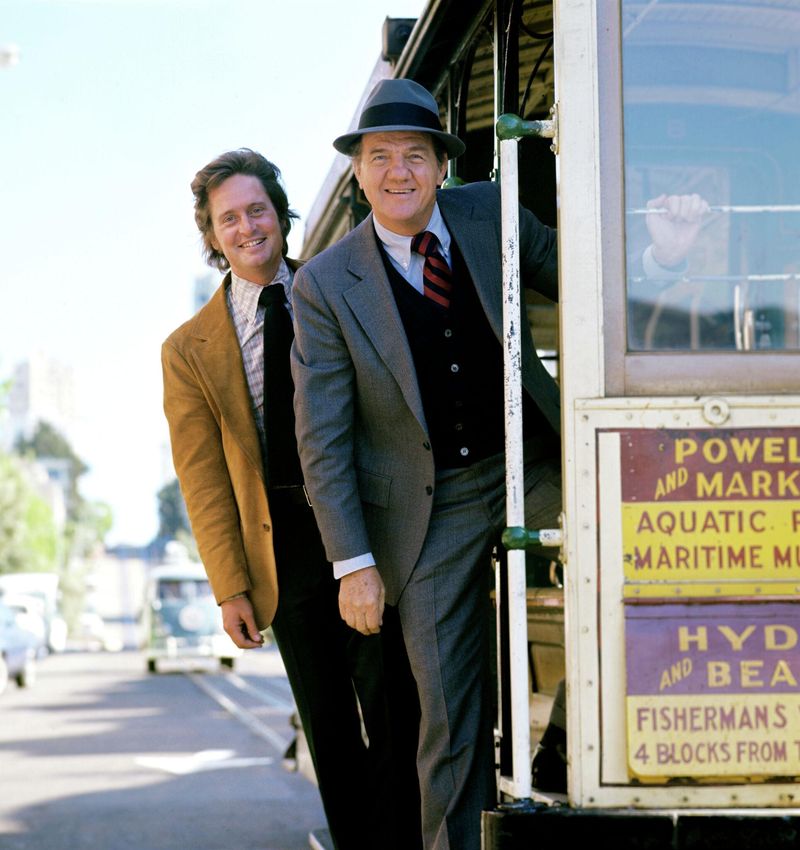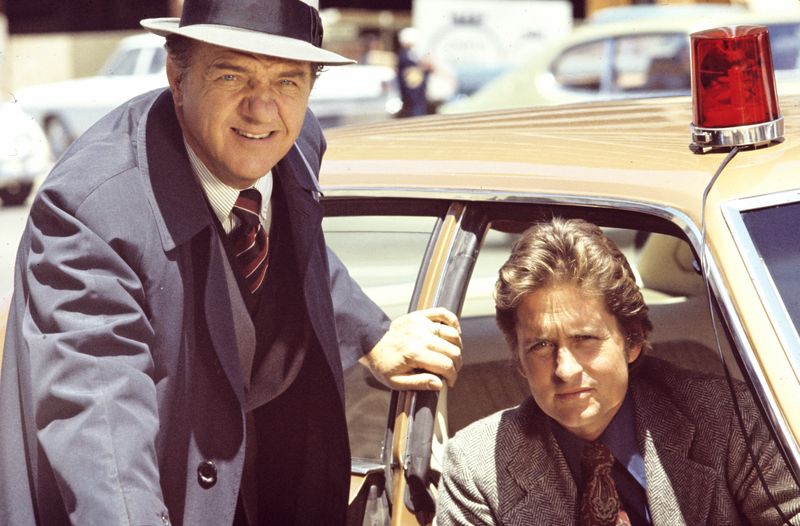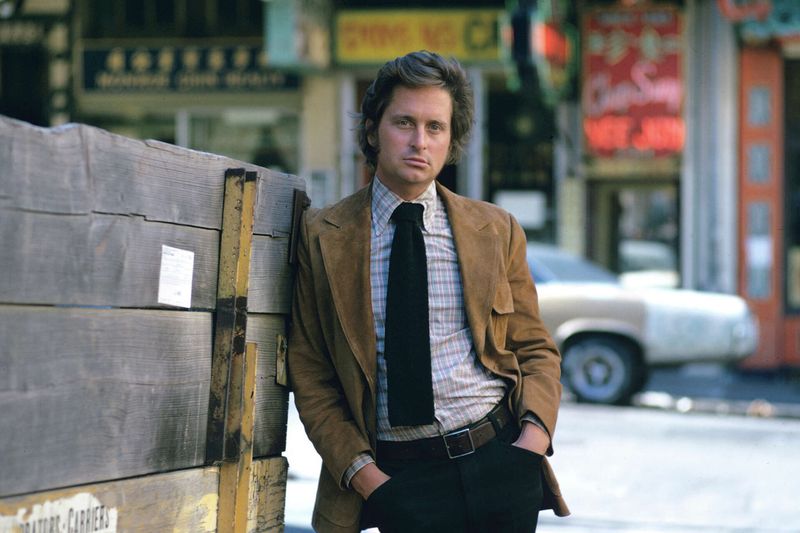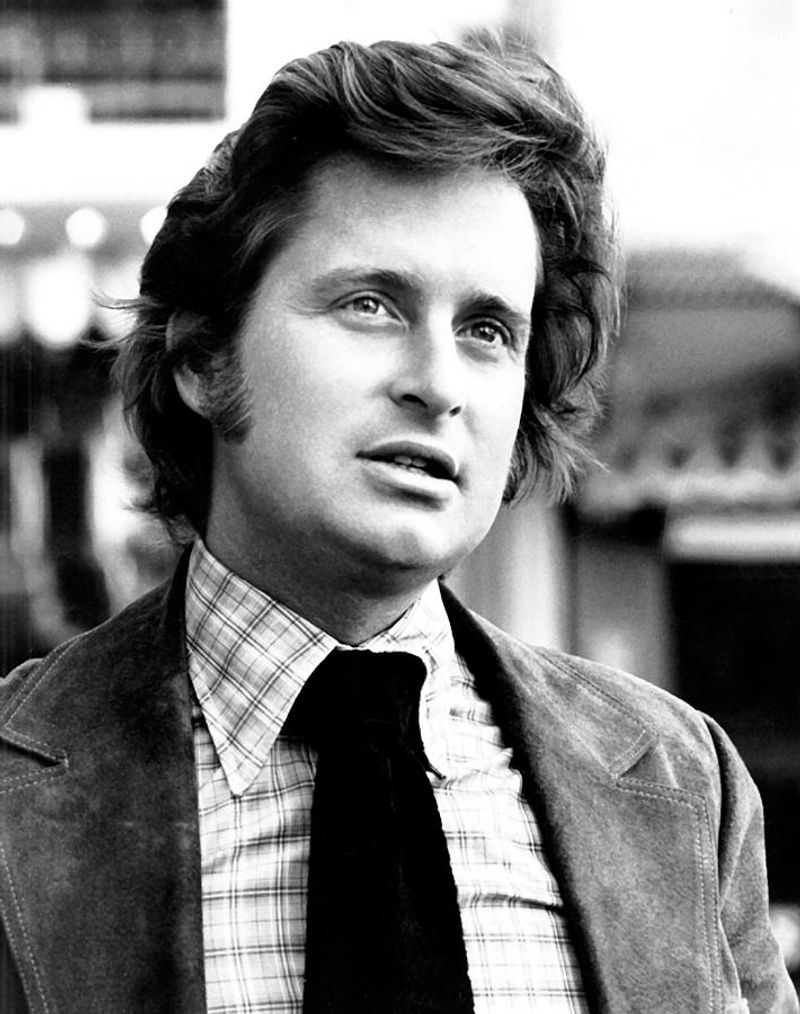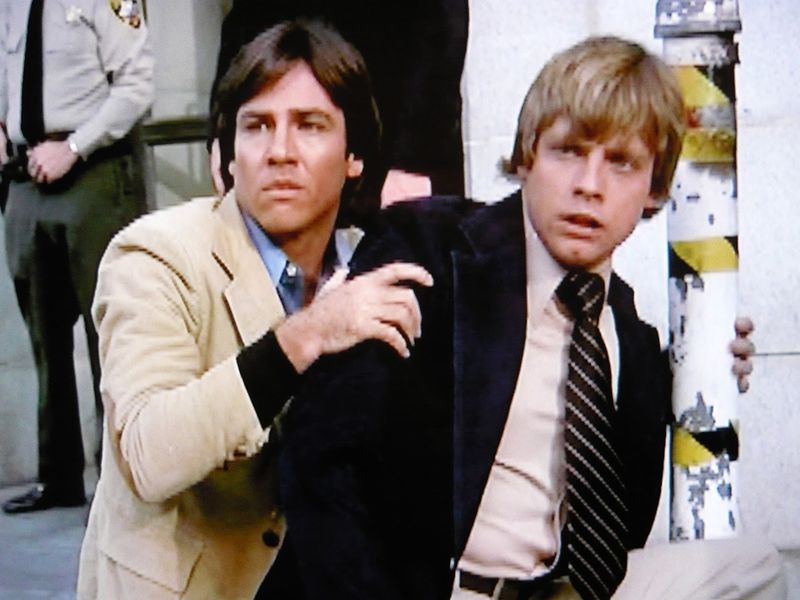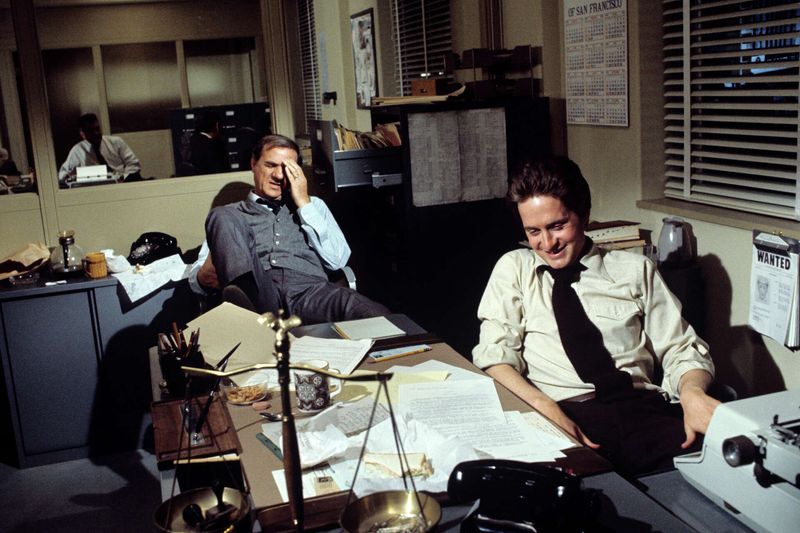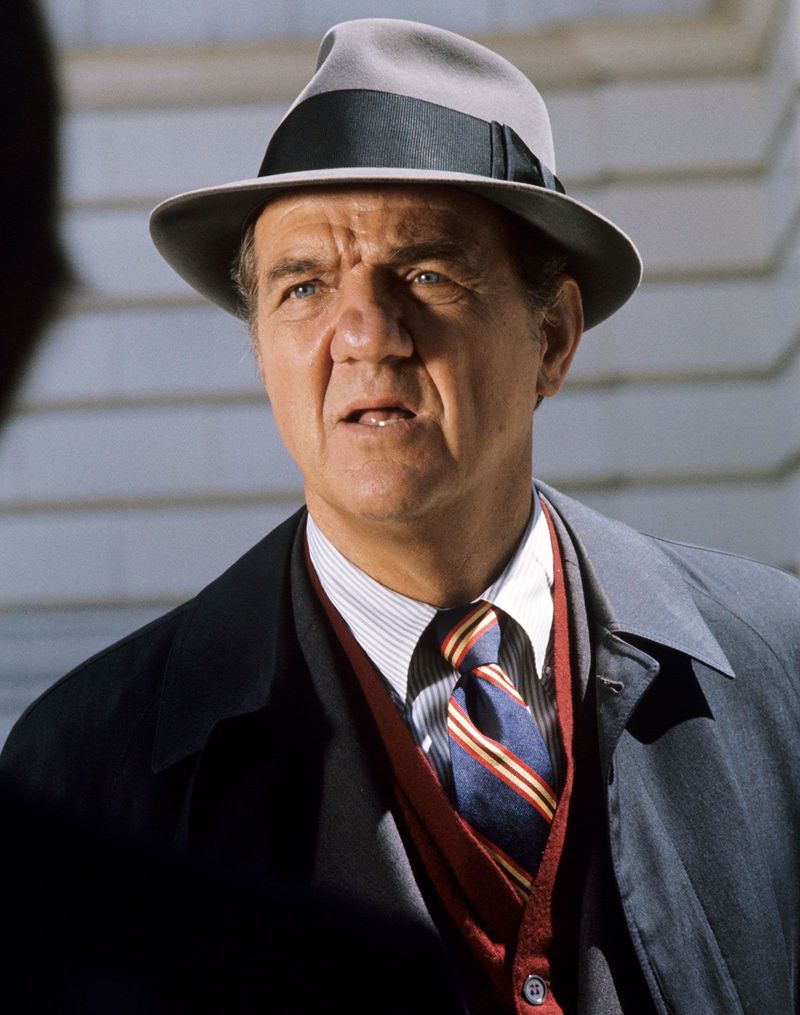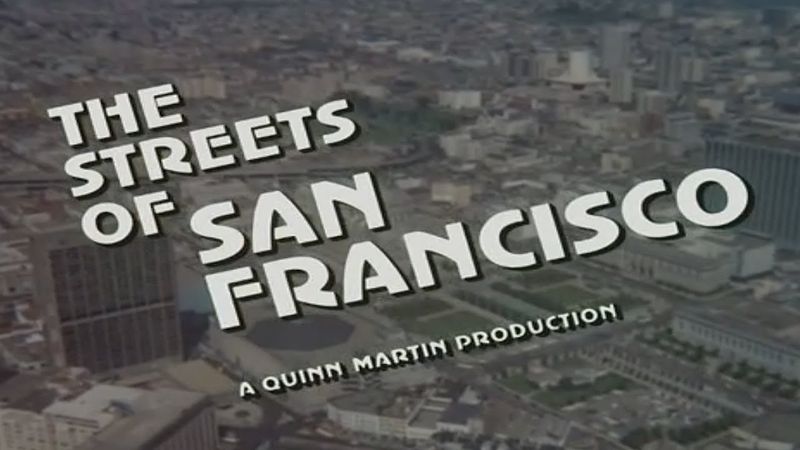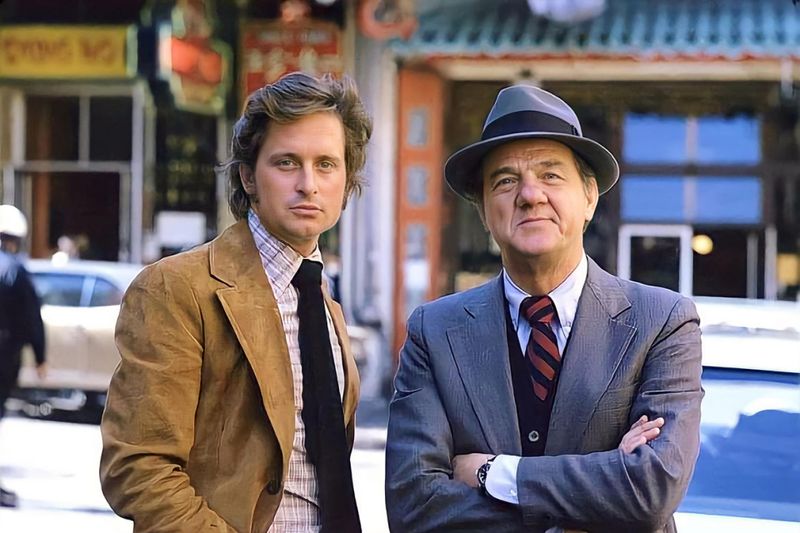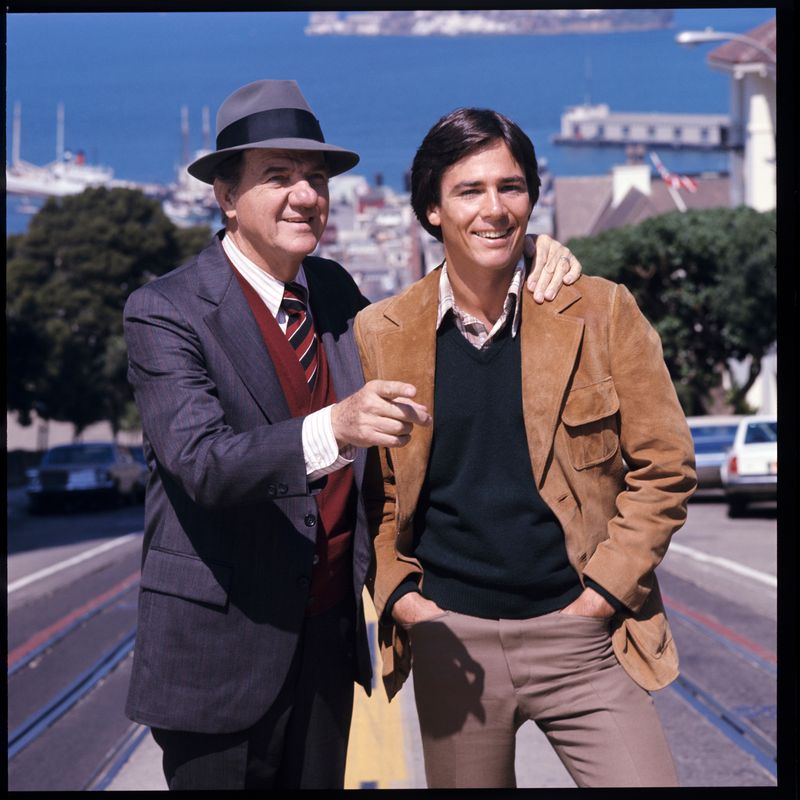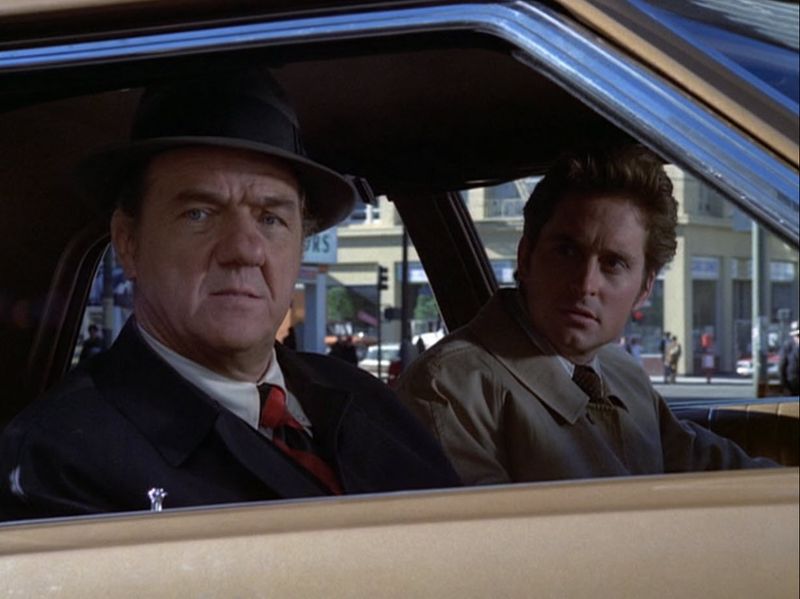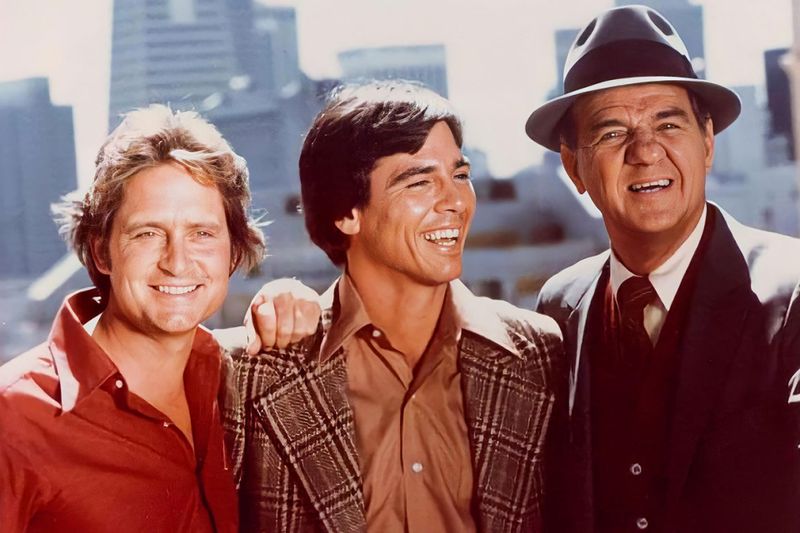Before he was Gordon Gekko, before Fatal Attraction or Romancing the Stone, Michael Douglas was chasing criminals through foggy hills and cable car tracks on one of TV’s most gripping crime dramas: The Streets of San Francisco.
Running from 1972 to 1977, the hit series paired rising star Douglas with Oscar-winner Karl Malden in a gritty, realistic take on crime-solving in one of America’s most iconic cities. But behind the action-packed chases and weekly cases were a ton of surprising details most fans don’t remember.
From near recasts and real-life stunts to the Hollywood legend who helped guide Douglas to superstardom, here are 14 forgotten facts about The Streets of San Francisco that even die-hard fans might not know.
1. Michael Douglas Was Nearly Replaced Before the Show Aired
In the world of Hollywood, casting decisions are often a game of chance. Michael Douglas, despite his lineage, was considered a bold choice for the lead role. Producers were hesitant, contemplating a more seasoned actor. However, Douglas’s potential and charisma ultimately sealed the deal. Imagine the different trajectory his career might have taken had they chosen otherwise! Those early days were filled with uncertainty, but Douglas’s determination shone through, proving that sometimes risks indeed lead to phenomenal rewards. His role would soon become iconic, setting the stage for his illustrious career.
2. It Was Based on a Novel—Not an Original Script
Here’s a fascinating tidbit: the series wasn’t born from an original script but was instead an adaptation. The storyline sprouted from Carolyn Weston’s gripping novel, ‘Poor, Poor Ophelia’. This novel provided a rich tapestry of characters and plot twists that translated seamlessly into gripping television. The adaptation process itself was an intricate dance, preserving the essence of the book while expanding its reach to a television audience. Fans of literary adaptations will appreciate the layers of storytelling involved. Such a foundation gave the series a unique depth and character.
3. Karl Malden Took Douglas Under His Wing Off-Camera
In the bustling world of television, mentorship can make all the difference. Karl Malden, with his wise eyes and seasoned experience, saw potential in Michael Douglas. Off-camera, he became a guiding force, offering not just acting tips, but life lessons. This nurturing relationship provided Douglas with invaluable insights into the industry. Malden’s encouragement helped Douglas navigate the often-turbulent waters of early stardom. Their bond extended beyond the screen, enriching Douglas’s personal and professional life. It was a friendship that left a lasting imprint on his journey.
4. The Show Was Filmed Almost Entirely On Location
Unlike the norm of the time, this series was a pioneer in on-location shooting. The decision to film almost entirely on the vibrant streets of San Francisco brought a level of authenticity and energy that studio sets couldn’t replicate. Viewers were transported to real alleys, bustling markets, and iconic landmarks. This approach required a nimbleness from the cast and crew, who adapted to unpredictable urban landscapes. The city wasn’t just a backdrop; it became a character in its own right, adding layers to the storytelling. This choice elevated the series’ visual and emotional impact.
5. Douglas Did Most of His Own Stunts
Long before the age of CGI, actors had to rely on their physical prowess to bring action scenes to life. Michael Douglas took this challenge head-on, performing many of his own stunts. Whether it was a high-speed chase or a tense fight sequence, Douglas was in the thick of the action. This commitment not only added authenticity to his role but also displayed his dedication to the craft. Viewers could feel the adrenaline and intensity of each scene. His bravery in performing stunts added a dynamic layer to the show, making it a must-watch.
6. It Helped Launch Douglas’s Producing Career
Michael Douglas was not just content with acting; he had bigger plans. While working on the series, he took a leap into producing by optioning ‘One Flew Over the Cuckoo’s Nest’. His foresight and belief in the story paid off, eventually earning him an Oscar for Best Picture as a producer. This endeavor marked the beginning of his producing career, showcasing his acumen and ambition. Douglas’s ability to spot compelling narratives and bring them to life on screen set a precedent for future successes. His dual roles as actor and producer became a defining aspect of his career.
7. A Future Star Wars Actor Had a Guest Role
Before lightsabers and space battles, Mark Hamill appeared in a 1975 episode of the series. This guest role was a stepping stone, showcasing his acting chops and hinting at the star power that would soon captivate audiences worldwide. Playing a character in a tense crime story, Hamill’s performance added an intriguing layer to the episode. His presence was a delightful surprise for keen-eyed viewers. It wasn’t long before Hamill would become a household name, but this early role remains a charming footnote in his career trajectory.
8. The Series Featured Real Police Consultants
Striving for authenticity, the series enlisted former SFPD officers as consultants. These real-life officers infused scripts with genuine dialogue and accurate procedures, elevating the show’s realism. Their input ensured that the portrayal of police work was both credible and engaging. This collaboration between law enforcement and entertainment fostered a unique learning experience for the writers and actors alike. The series gained a reputation for its attention to detail, earning respect from viewers who appreciated the informed depiction of police operations. This dedication to authenticity set it apart from other shows of the time.
9. Malden Refused to Say Certain Lines
Karl Malden, known for his impeccable standards, was selective about his dialogue. If a line felt unrealistic or melodramatic, he wouldn’t hesitate to refuse it. This insistence on authenticity maintained the show’s credibility and integrity. Malden’s dedication to quality resonated with audiences, who could trust in the show’s sincerity. His influence extended beyond mere performance; it shaped the very fabric of the series. Through these subtle yet significant contributions, Malden ensured that the series maintained its grounded and realistic tone, endearing it to viewers who valued authenticity in storytelling.
10. The Opening Theme Became a Cult Classic
Music has a way of transcending time, and the opening theme of this series is no exception. Composed by Patrick Williams, the jazzy and suspenseful score became an earworm for viewers. It set the mood for each episode, drawing audiences in with its captivating melody. Over the years, this theme has achieved cult status, fondly remembered by fans who associate its notes with thrilling stories and nostalgic memories. The theme’s ability to evoke emotions and excitement made it a timeless piece, contributing significantly to the show’s lasting legacy.
11. It Won Over International Audiences Too
The series’ appeal wasn’t confined to the United States; it resonated globally. Syndicated in countries like Germany and the UK, it captivated international audiences with its compelling storytelling and charismatic performances. The universal themes of crime and justice translated well across cultures, bringing viewers into the gritty world of San Francisco’s streets. This international success was a testament to the show’s quality and relatability. Fans from different backgrounds found common ground in their appreciation for the series, showcasing its ability to transcend geographical boundaries and become a global phenomenon.
12. Douglas Left the Show Early—But the Show Continued
In 1976, Michael Douglas decided it was time to move on, marking a significant transition for the series. Stepping into his role was Richard Hatch, tasked with maintaining the show’s momentum. Despite Hatch’s commendable efforts, the series experienced a dip in popularity. Douglas’s departure left a palpable void, as his presence had become integral to the show’s identity. Fans who had grown accustomed to Douglas’s charisma felt the shift keenly. Yet, the series persevered, testament to the strong foundation built during Douglas’s tenure, and to the enduring appeal of its narrative.
13. A Revival TV Movie Brought the Characters Back
In 1992, fans were treated to a nostalgic trip back to the series’ roots with ‘Back to the Streets of San Francisco’. Karl Malden reprised his iconic role, bringing a wave of nostalgia to longtime fans. However, Michael Douglas chose not to return, focusing on his burgeoning film career. The TV movie nonetheless offered a satisfying continuation of beloved characters, exploring their evolution against a changed urban landscape. It was a fitting homage to the original series, allowing fans to reconnect with familiar faces and revisit cherished stories.
14. Douglas Credits the Show With Teaching Him the Business
For Michael Douglas, the show wasn’t just an acting gig; it was an education. He has often credited the fast-paced environment of television with imparting invaluable lessons about the entertainment industry. Working closely with seasoned professionals, he gained insights into directing, producing, and the intricacies of storytelling. This hands-on experience laid the groundwork for his future endeavors in Hollywood. Douglas’s time on the series was a formative period, shaping his approach to both creativity and business. His appreciation for the show’s impact on his career is a testament to its influence.

